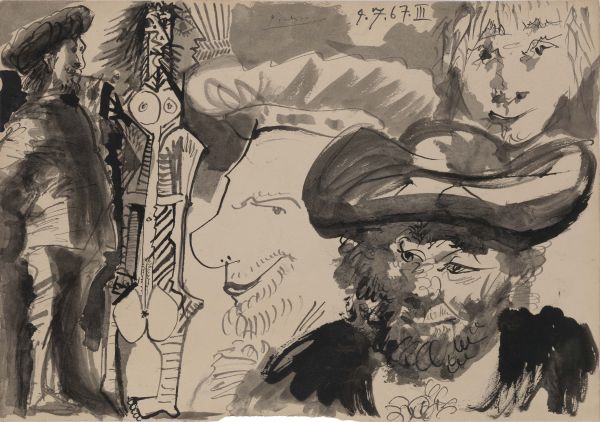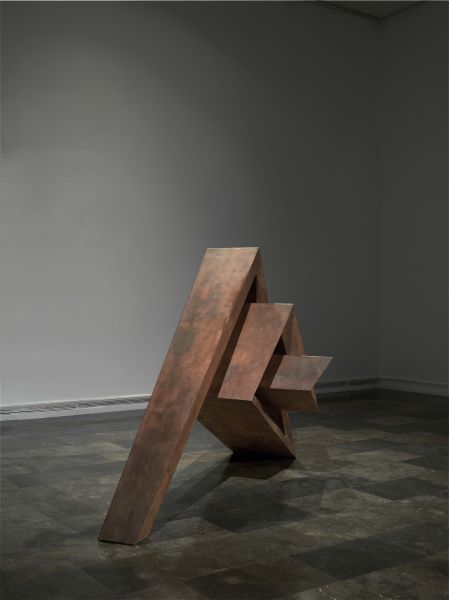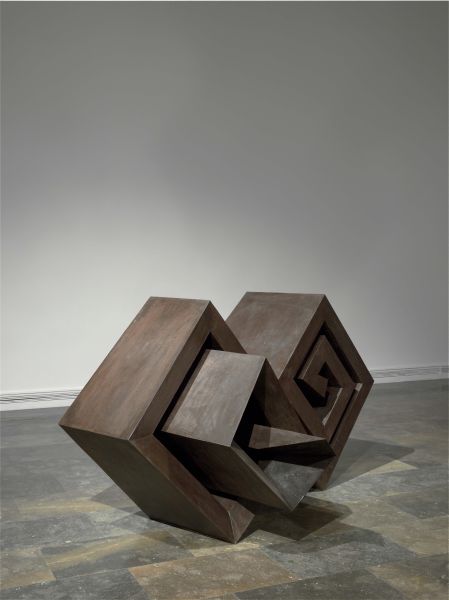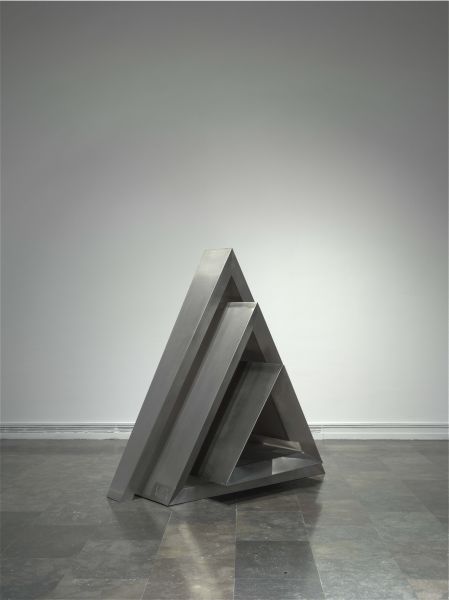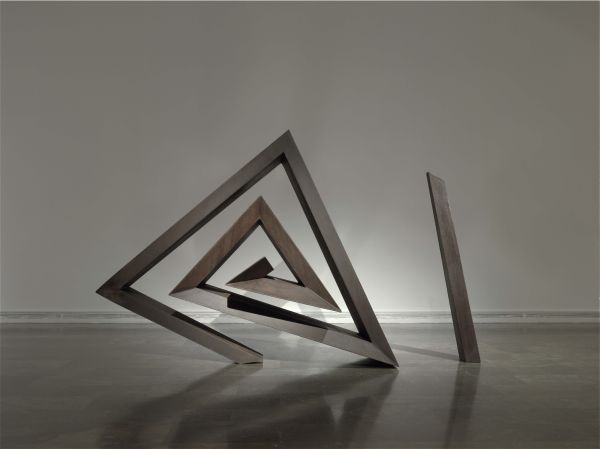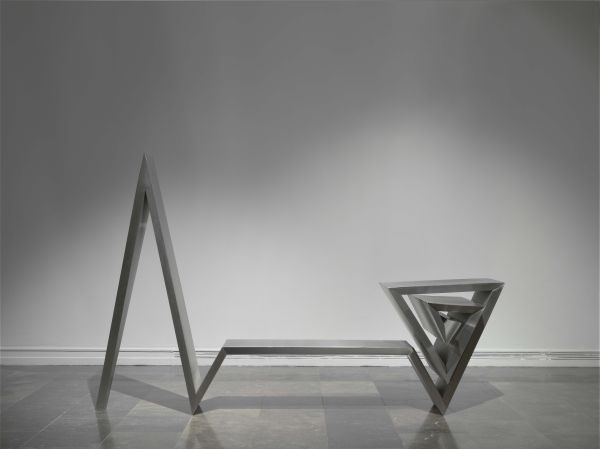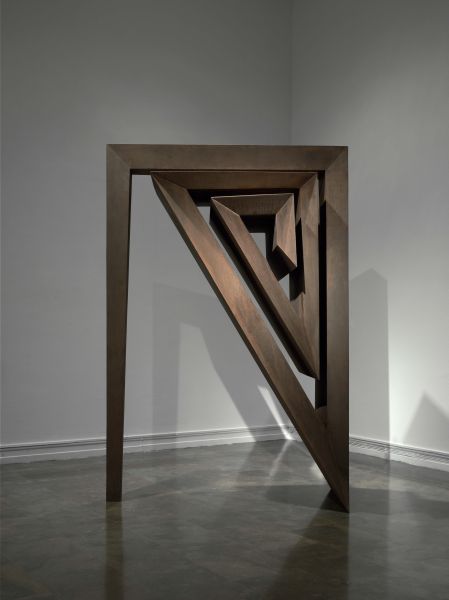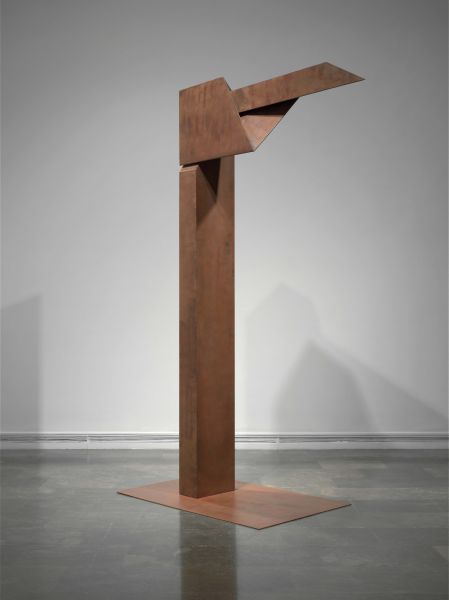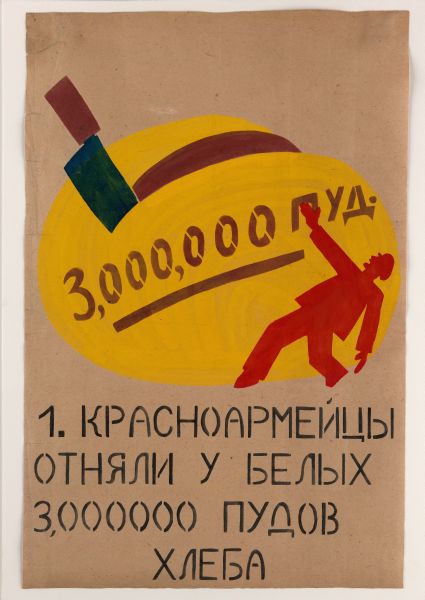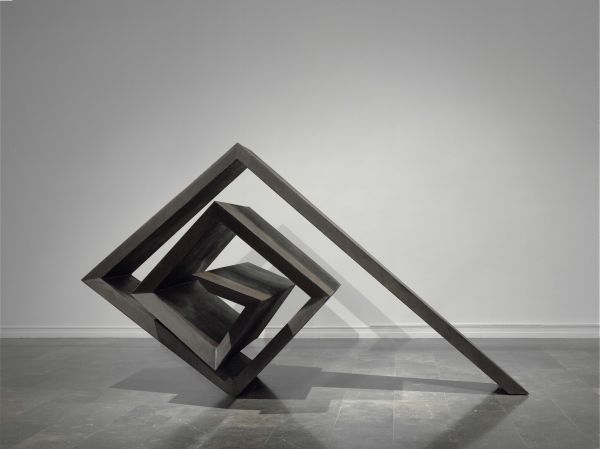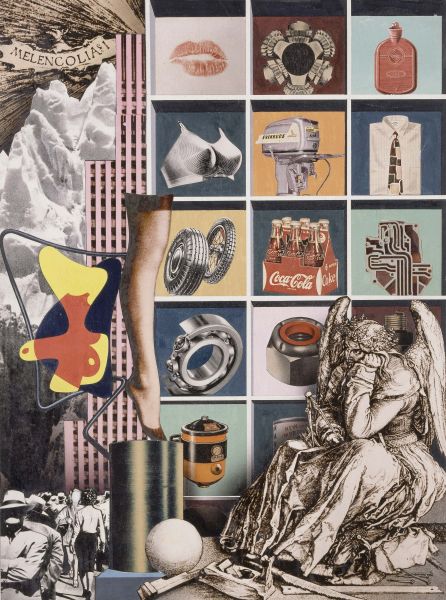Xavier Mascaró
Eternal Recurrence
His career began in the late eighties in the field of painting, but very soon his interest turned towards the spatial, volumetric territory of sculpture. The desire to “draw out presence from the void”, as Alberto Giacometti put it, finally led him in the mid nineties to grapple with the world of three dimensions. The material selected to give physical form to his works is cast iron, as we see in many of the pieces that make up this exhibition. An ancient and noble material that he has succeeded in transforming into a source of new sculptural solutions, and one that clearly places him in a distinctly Spanish tradition, in a genealogy shared with sculptors such as Julio González, Jorge Oteiza, Eduardo Chillida, Pablo Serrano and Martín Chirino, or, from more recent years, Cristina Iglesias, Juan Muñoz and Susana Solano, while at the same time it remains his own personal language. Mascaró himself declares: “I am delighted by the capricious behaviour of iron in the foundry. I think I have managed to understand it fairly well and now I can foresee and control it so that sometimes it provides me with beautiful accidents.” Xavier Mascaró’s work is very varied and hard to classify. The traits that distinguish his highly characteristic and personal but also timeless and spiritual sculptural oeuvre include its visual and conceptual forcefulness, the recurrent use of thematic series and large volumes, the occupation and delimitation of space in terms of filled areas and voids, the shaping of forms and masses in constant tension, the presence of a powerful symbolic content, the great diversity of the iconographic elements that feature in his sculptures and the versatility of the materials he employs, the incorporation of a reflection on nature and culture and even a certain narrative, storytelling quality that ultimately takes on distinctly theatrical tones, as we see in Gallery 5. Time – so aptly described by Marguerite Yourcenar as “that mighty sculptor” – dwells in his sculptures and gives them meaning. Time existing on two levels: universal and personal, past and future. The exhibition at the IVAM includes a selection of pieces, mostly large sculptures, which engage in dialogue with the preparatory drawings for these works, all made during the last ten years.

